Piemonte’s Perspective
March 27, 2025
George Piemonte, NOSSCR 11th Circuit Board Representative
When the VE offers clearly bogus testimony, for example, the VE says 100,000 people are working as addressers (as defined in the DOT), in your cross-examination, you must ask the VE for the sources of that testimony. But what if the VE says they cannot provide their sources, or the ALJ prevents you from asking for them?
SSR 24-3p requires you to cross-examine the VE during the hearing. The January 2025 version of the VE Handbook on pages 3, 19, 21, 30, 33, and 44 states the VE must be prepared to cite, explain, and furnish any sources they rely on in their testimony.
Biestek v. Berryhill, 139 S.Ct. 1148 (2019) says VE testimony may not be substantial evidence if the VE has no good reason to fail to produce the data and the testimony lacks other markers of reliability. The inability to provide the sources of their testimony would certainly lack markers of reliability.
In its brief in Biestek, the Solicitor General of the United States endorses the 2017 VE Handbook’s statement that VEs “should be able to thoroughly explain what resource materials [they] used and how [they] arrived at [their] opinions.”
So, what can you do to deal with this? First, ask the VE if they have read the VE Handbook. If they say no, you could object to them testifying because the Handbook explains their role and responsibilities, which, given they are not prepared to cite, explain, and furnish any sources upon which they relied in their testimony, they are not qualified to testify. The ALJ will likely overrule your objection, but you are making your record for appeal.
If the VE says yes, they have read the VE Handbook, point out that pages 3, 19, 21, 30, 33, and 44 state that they must be prepared to cite, explain, and furnish any sources they rely on in their testimony. Then, ask them why they are not prepared to do so despite SSA giving them that instruction six times in the Handbook. If the ALJ tries to stop you, explain that you are attempting to comply with SSR 24-3p but cannot because the VE has failed to follow the instructions given in the VE Handbook. The ALJ may not let you continue. If not, note your exception on the record that the ALJ is preventing you from complying with SSR 24-3p. Remember, you are making a record for appeal.
You can still ask for the sources and an explanation of how they used them. Ask why they cannot provide them if they won’t.
How many pages are there? What confidential information is included? How many places is it found? Have you ever provided the information to anyone? Who? When?
How did you collect the data? When?
What did you do to verify that the data is correct? Has anyone else verified it?
How did you use the data to come to your testimony?
If the ALJ still bars you from questioning the VE, point out again that you are attempting to comply with SSR 24-3p and that you have the right to fully question the VE on any pertinent matter within the VE’s area of expertise per HALLEX I-2-6-74(E) and what sources they relied on to form their opinion would undoubtedly qualify. You can also point out the VE Handbook, Biestek, and the Solicitor General’s statement in its brief in Biestek. If the ALJ still will not let you question the VE, again note your exception on the record and submit a post-hearing brief. This will preserve the issue for appeal.
This is a guest column. The views expressed in this column are the views of the author alone, and do not represent the views of NOSSCR, NOSSCR’s leadership, or NOSSCR’s staff.



